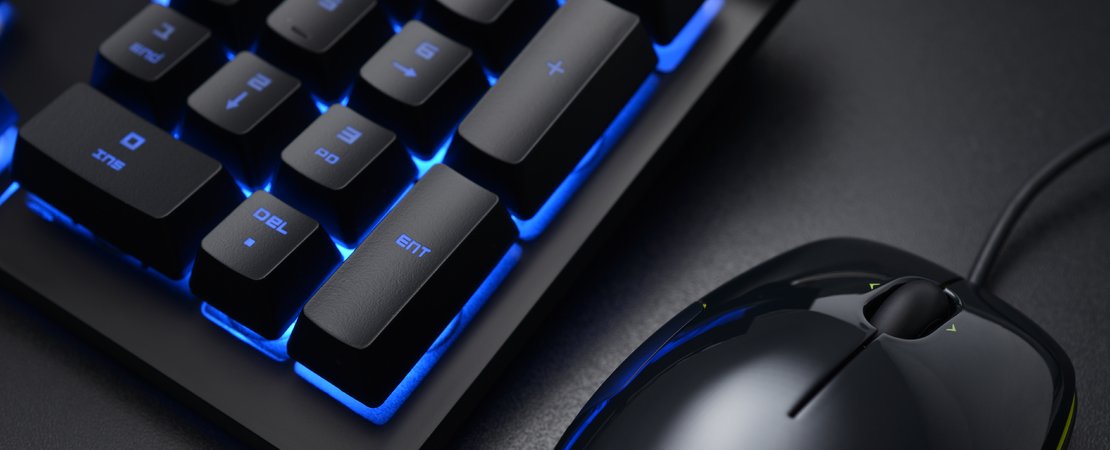Windows 10 is currently the latest operating system from Microsoft.
But soon Windows 10 X ("X" is pronounced like the letter) should appear. In this post you can read about all the important changes from Windows 10 to Windows 10X.
Microsoft has been trying for years to keep up with other mobile platforms (Android, iOS) with a mobile operating system (Windows RT, Windows 10 Mobile, or Windows 10S). Even the Nokia deal, which cost Microsoft 10 billion US dollars, did not bring success. Now Microsoft is betting on the just released "next" class of devices with dual or foldable displays. Windows 10 X is scheduled to launch alongside the upcoming Microsoft Surface Neo in 2020. Windows 10 X is said to be optimized for multiple screens as the most important change.
First of all, the setup process has been revised. Instead of being greeted by Cortana's tinny voice, the setup process looks very clean and tidy and is decorated with colorful and animated graphics. Most additional gimmicks have been dispensed with. This makes Windows look much more serious and appealing compared to the current setup with Cortana.
Apparently Microsoft is also planning a new and improved voice control for Windows 10 X. Cortana is now almost a niche product with Windows 10 and not really helpful. A LinkedIn post suggests that Microsoft wants to start with a completely new voice control with their new operating system. Microsoft is currently looking for experts to develop a "superior voice control experience" for Windows 10 X. It is very likely that a deeply integrated voice control will be used instead of creating another voice assistant like Cortana.
Windows 10 X should also improve the handling and speed of updates in relation to Windows 10. In the future, updates should be carried out in less than 90 seconds. This is made possible by the separation of the operating system to apps and drivers. Updates are downloaded in the running operating system and cached there in an offline partition. When restarting, the new version of the operating system is then switched to.

Made for multiple displays:
The most important change under Windows 10 X will be that it is very well suited for devices with multiple screens. In particular, devices with foldable or foldable displays (such as the new Surface Neo) are the target group. Microsoft has already developed a test version for a Windows emulator. This is primarily aimed at developers so that they can already write apps and programs with optimization for multiple screens. If you want to test Windows 10 X already via emulator, at least the Insider Preview Build 10.0.19555 of Windows 10 will be required as an operating system. In addition, you should have enough computing power. The minimum system requirements are a 4-core CPU from Intel, 8 GB RAM and a GPU with DirectX11.
